Leaderboard
Popular Content
Showing content with the highest reputation on 12/05/2024 in all areas
-
And this weeks plant fix is a doozy of a fix. As usual some great actually fantastic plants this week to add to the garden in a few years time. It never ends with so many new plants available now with the internet and online ordering if I could import live plants I would, it is possible to do so but very expensive and time consuming also iam not going to deal with the red tape involved the way customs have been with seed imports. So this week we have as follows a sonerila extra spotty purchased for a stock plant to take cuttings from. The packaging is exceptionally good you unbox them and it’s like you just picked them up from the nursery but better. A microsorium whiteheadii a sumatran fern that takes the cold I already have one that has survived three winters well. Next is a calytrocalyx tininum, alocasia equiloba aka spotted papua, licuala png dwarf, Areca song thonhensis, Calpytrocalyx julianettii, Ptychococcus species and a aroid sp hapaline benthamiana. Some good winners there for a zone push some proven some will need to carefully watched in winter to see how they go. Also on a good note I have booked a session with a psychologist to see if therapy is really needed for my addiction but I know what I will be telling them forget it I don’t won’t a cure just give me more plants to buy doc!4 points
-
4 points
-
4 points
-
It most certainly is the best food a palm can get. That's what they eat in there natural habitat. I just chop my ones up when I get around to it if there green or desiccated either way chop them up it’s fantastic mulch. Your garden will love it. I don’t look at the botanical garden good look nice wood chip or super good looking mulch point of view I look at practically that works creating a natural environment in my garden. And any gardener will agree any mulch is better than no mulch be it a nice botanical garden or a paradise created at home if it works keep doing it!3 points
-
Out of the fifty plus King palms in my garden, four have some cracking and it hasn’t harmed them in any way. Not sure exactly what causes it since all my Kings are watered heavily and three are growing right in stagnant water 365 days per year with no cracks.3 points
-
Ended up with ~37F here and in the hourly reports at the airport. There was frost on the rooftops, ice on the cars, and the yards without trees had frost in the grass. Fortunately, the trees in the front and back are enough to keep my slice of paradise frost-free. The numbers for Florida's airports are in the attached zip file. Hopefully we'll get the warmer weather that is currently forecast for next week. I'm with @SubTropicRay - over it already and it we haven't had a freeze yet. 20241204_NWS.zip3 points
-
@Debb nice to meet you! I have a palm jungle and no lawn and lots of palm leaves, and mixing dead plant stuff with wood ashes makes them rot a lot faster. To hack up royal palm fronds, get a machete. Great after a bad day at the plant, clinic or office to let off a little steam.3 points
-
3 points
-
A nice understory palm iam looking forward to growing in the garden. It has survived winter in the greenhouse so in the ground it goes to see how it goes some palms I give extra special attention to when planting with good soil amendment and irrigation just to give them the best start in life considering how long they will live for for, it’s the best thing I can do for them for what they offer in return of plant harmony and beauty in the garden, Thermal mass will be used to protect this one from the cold with a huge rock right next to it which was part of the original landscaping I did 25 years ago so making good use of the old for the new, the established garden eats small palms for breakfast if I don’t give the correct attention to planting details. So another palm is added to the collection in the ground the future garden is looking good so far.2 points
-
2 points
-
The pods are actually edible but I have no interest in that. The seeds or beans are used to make chocolate. I doubt I will ever get to that point though. For me it’s just a thing to try to grow. The weird thing is that people eat the pod raw but the seed needs to be fermented to get the cocoa flavor.2 points
-
That’s why I purchased 300 seeds from rps I absolutely love them I only have around 7 mature females and only 1 male plant. I do get the odd seed but nowhere near enough to plant a grove of 100 that I wish to have.2 points
-
Harry, this palm is almost always available from Jeff at Floribunda. I have purchased "1-gallon" sized plants that had emergent stems and flowerstalks.2 points
-
So far the coldest I have for the season, according to the two nearest weather stations, is 42.3 and 43.3, on 12/032 points
-
I work in technology and am regularly a part of AI initiatives designed to deploy to retail clients. ChatGPT is wild but most AI isn't as good as the public is led to believe - at least not yet.2 points
-
Hovered at 40 all night last night. Ultimate low at or just below 33 on the tempest for two nights. No damage under trees on anything uncovered except ragged looking sanchezia. Three covered plants have damage from the sheet placed on them, the carpoxylon possibly due to afternoon sun on the cover i forgot to take off. Very much over it lol. Nothing more than cosmetic issues though.2 points
-
Yes. It’s very weird. They also stick them in various other tight spaces around the house… between the gutter and wall, in crooks in trees and in palm boots. I was working outside one day, and one flew up and tried to hammer a peanut into one of those plastic clam rat traps that I tied to that gutter bend up there. He then got his foot caught in the trap. Luckily it’s a plastic trap without much tension, so the foot was actually ok. I freed him within seconds and checked him out and let him go. I watched him get caught, trying to put a peanut into the trap!2 points
-
2 points
-
Hello and thank you for posting . I am in Santa Paula , about 10 miles east of you and a bit warmer . I water my Archontophoenix about every other day . I have wood chips as well , like you and that helps hold moisture . I have had some cracking on a couple palms before and it hasn’t hurt them . I guess my Kings and my Ravenna get the most water of all my palms and they are not cracked . I have heard that overwatering can cause problems like that but I have not had the issue from all the water I give the Kings. Harry2 points
-
2 points
-
2 points
-
2 points
-
If you use blankets or sheets use thicker ones. I put some on my spindles that were thin sheets as precaution and made a mistake on the fronds. Two with the sheet resting on the surface transfered the cold and damaged a frond. The one sheet that fell off (no clips and i did it in the dark) had no visible dark spots on it this morning like the two others. The fronds were tucked in and not in their usual position, so the sheet on top of the flat frond (large surface area to conduct energy away) plus a tiny bit of frost to chill through the thin fabric, did some cosmetic damage. Thicker blankets were perfect on anything else, but damage will show later on with warmth (if there is any more damage) so crossing my fingers there. I do not use anything active like heat cables, since we dont get that low typically and a cover works, just have to use the right one the right way. Atypical but not unheard of for december, hopefully whatever warm up comes lasts into january and moderates the next cold front, but the Hudson bay vortex is stubborn in models so who knows?2 points
-
I have the biggest problem with Raccoons. They dig out seedlings to eat the seeds, they eat all my fruit, they dig holes in my yard looking for grubs, and there was one with rabies a few years ago that was stumbling around my yard and Animal control wouldn't come check unless it had already bitten someone. Trapping them works for a while but they usually start becoming an issue again about 6 months after trapping. Squirrels are also an issue, but only with my orchids and air plants. I've had good luck protecting my epiphyte tree by just making sure the branches aren't touching any other structures to close off their access point and wrapping the lower trunk with spikes.2 points
-
One of the most annoying things here is when blue jays hammer peanuts into bromeliad centers…. First they pick a bromeliad with a center hole that a shelled peanut will not quite fit into. They they fly off an get a shelled peanut. They hammer it in, like a woodpecker, wedging it deep in the hole. Often they will then go get a stone about the same size, and put that on top next, and hammer that in place, creating a secure locker to store their peanut that they will never come back for. It then ferments in the water in there if you don’t notice, rotting out your prized bromeliad. They always pick a super nice tubular bromeliad in a pot (especially hohenbergia or billbergia) to do this number on. I have to go around with long pickups and needle nose pliers to try to fish them out before the inevitable happens.2 points
-
Squirrels, Rats, even Possums and Racoons are always checking the pots and bromeliads and sometimes destroying stuff here. If you find lizard legs and half chewed up bodies around, it’s rats. Blue jays hammer peanuts into the bromeliad centers all the time. Mocking birds pluck seeds off of trees all the time. Raccoons do the most damage in a single night, but rats are insidious and very, very smart and cautious. You have to rotate trap types and baits, and still big old adults are hard to catch. Juveniles and youngsters mostly make mistakes getting trapped. Squirrels are pretty dumb and bold and easy to catch. Mice are the super-dumb dums. If you have a Wi-Fi security camera, detach it and bait it and you’ll see who stops by. At least possums clean up the dead. IMG_3508.MOV IMG_3509.MOV IMG_3510.MOV2 points
-
2 points
-
2 points
-
2 points
-
2 points
-
I would like to emphasize what aztropic said about placing the palm in full shade if you take it outside. Palms accustomed to indoors can have all their fronds burnt off by direct sunlight in less than an hour, depending on the intensity of the sun.2 points
-
If bringing it outside for the summer, you need to locate it in an area with FULL SHADE. (little to no direct sunlight) Otherwise,the existing fronds WILL sunburn,and the plant will be in worse shape than if you had just left it inside. aztropic Mesa, Arizona2 points
-
It is a Parlor Palm, Chamaedorea elegans, and it is the tallest one I have ever seen... incredible. The fact that it has been saved and cared for all this time is a great achievement. Jim is correct, it is a male/female species so two plants are needed for seed production. Plants of this species have been known to live for a long time, but your specimen is exceptionally tall, and I don't know how that effects its lifespan. Some palms are affected by the height of their trunk/stem in regard to their lifespan; the taller the stem, the harder it gets to bring water and nutrients to the crown. Leave the fronds as is. As long as there is any green, the leaf is working. Brown old leaves usually fall away off on their own. It seems the upper half of the stem is keeping the brown leafbases persistent. I do not know why, unless they are just held in place by themselves. Usually, they fall off along with the leaves as they are shed. -- As is, the palm looks as it is supposed to be, an old, old plant. It could just be coming out of the winter and might look better with time. Is it definitely in a decline? It could look like that all the time and be healthy. Hard to say without a reference. I have seen very old specimens in containers look just like that (just not as tall). If you think the height is a health issue or an encumbrance to keeping the palm, there is a possible action: There is an advanced propagation technique known as air-layering that has been used on certain palms like Parlor Palms to shorten their stems. There are books and videos out there that explain the procedure in detail, but basically you are creating a new ball of roots at a node along the stem. Certain nodes will send out little roots on their own sometimes, just out into the air. The roots emerge from the node and grow into a medium such as damp sphagnum moss held in place by tightly wrapped aluminum foil. After the roots fill the moss inside the foil, the stem is cut below the air-layer. Then the upper plant, with new roots, is planted in a new pot (minus the foil). Air-layering can take time, it can be tricky and does not always work. I also do not know how it would work indoors, with air conditioning i.e. a dry environment. But I have seen it done on old Parlor Palms. Unlike traditional air-layering, you do not need to cut into the stem or remove bark on a Parlor Palm. During the pandemic, I rescued a Parlor Palm (decades old, again not as tall) and when I went to pot it up, I noticed it originated as an air-layer. I still have him in a pot. Ryan2 points
-
My Common Queen & Silver Queen var. litoralis comparison Been growing both palms at the same location in Lake City (borderline 8b/9a) since 2008. The common queen was planted as a 7 gallon on the south side, the Silver Queen on the north side as a seedling. There are oaks 100ft to the north that disrupt the cold northern winds some. Couple quick thoughts. The Silver Queen took off the last 2 years and began trunking this year. The common Queen has had a trunk and been fattening a while now… yet they’re both about the same height today. The common Queen has bloomed, the Silver Queen has not. The Silver Queen was moved 2 times, once as a seedling and again as approx 1 gallon size palm. Some of the more notable differences: - Silver Queen has more flat/stiff leaflets, common Queen more droopy/plumose - Silver Queen has a more stiff compact crown. Common Queen more loose and fluffy. - Silver Queen leaflets have a darker green, slight blue hue. Common Queen is more green to medium green. - Much more Tomentum on the Silver Queen. (perhaps added crown insulation) - Leaf bases slightly darker purple on my Silver Queen As for the biggest factor, cold tolerance, from what I can tell the Silver Queen may be only slightly hardier. Both have experienced some very cold temperatures without protection, 18/19 for a low, many low to mid 20s (2010) and some icy rain (2018). I haven’t been able to observe initial damage and recovery while I was in Jax but I do have some additional progression and cold damage pics I may post later. From what I can tell, leaf damage seems to be slower on the Silver Queen. Also I did lose 1 Silver Queen seedling and 1 three gallon common Queen either after 2008 or 2010 from the cold. Bottom line, I would say the Silver Queen var. litoralis is not a viable palm to grow anywhere in zone 8b without protection. However if you’re a warm 8b and borderline, you probably can be successful growing this palm a while. Common Queen 2008 Silver Queen 2008 Common Queen 2020 Silver Queen 20201 point
-
1 point
-
So I think the squirrels have been feasting on my seed(ling)s lately. A couple weeks ago I noticed a pot looked like it had been rummaged through and then something tore up all of my Buccaneer seedlings from last year. Then it tore up my new pot of D. Album seedlings that I just got from Nature Girl. Along with some KO seedlings that finally popped after about 6 months. Luckily there were still about 20 D. Album that I was able to save and they are now doing fine in a more protected area. The KO were chewed right off the seed. I knew my Buccaneer had a bunch of seeds that were starting to turn red but I was busy and didn’t harvest any. Well I wasn’t paying attention and one day I see it had been stripped of every seed except for one. Initially, I thought they had fallen and I just needed to gather them up like every year. Nope. It was a complete heist. Nothing on the ground. With the potted seeds, I thought perhaps it was a mouse or a rat but I was unable to catch anything in the trap. Weirdly enough, the bait wasn’t touched so I gave up on it. I’m pretty sure it was squirrels because of the Buccaneer. I don’t think a rat would take all the seeds to eat somewhere else. This has never happened before and unfortunately now I have no Sargentii seeds to offer this year. The messed up thing is that these will probably be germinating all around the area but will never grow up because they are in the grass or in someone else’s yard who will just pull them out or spray them. 🐿️🤬1 point
-
I don't have any such hooks. I doubt the house has any foundation haha. Greek afthereto architecture at its best (I bought it when already legalized). With this inclination and mounts, do you manage to do deep watering in the summer?1 point
-
It depends on the fungal rot, if that's what it turns out to be: Bud rot - frequently curable with hydrogen peroxide, Daconil, Mancozeb, or a copper-based fungus. You can try squirting some hydrogen peroxide into the crown and see if it bubbles. If so then treat 3x per week with H2O2 followed by Daconil 1-2 hours later. Quit treating when the H2O2 stops bubbling up. Upper trunk rot - Thielaviopsis fungus. This is incurable and is generally in the top 2-3 feet, just below the point where the old crownshafts fall off. It's in the air all the time and frequently enters palms through fresh cuts in green tissue. It's considered safe to replant in the same spot. You can see pictures of "sudden canopy collapse" here: https://edis.ifas.ufl.edu/publication/PP143 Lower trunk rot - Ganoderma fungus. This stays in the soil for decades, so it may be risky to replant in the same spot with any other palm. The risk is impossible to put a number on...is it 1% or 86.426%? No clue. One PTer decided to test it by cutting down a palm that was killed by Ganoderma, hollowing out the trunk base, and planting another palm directly in the rotted trunk! Unfortunately NOT A TA passed away a couple of years ago, so I think this is the only remaining photo of the experiment: Wind damage - no problem, obviously.1 point
-
Looks good! I think you have an excellent chance of success!1 point
-
That’s the go use the wall for extra heat thermal mass clever gardening. I see huge bunches of seeds in yards and council parks I don’t even pick up the seeds there that common easy to obtain. But the best ones I see are in hot country towns sometimes planted in traffic roundabouts with large rocks around them. But super easy in there native country to grow. Years ago when they first hit the local market it was big money for seedlings now dime a dozen. They do sell very well in retail nurseries to new home owners. Richard1 point
-
Exactly. There are people in zone 4b in Canada, Russia, Poland, Sweden..etc who protect palms for crying out loud - lol...hardly a challenge in zone 7b in NYC. The op deserves accurate information. NYC has a long season of strong sunshine, heat, and ample rainfall (as do many climates from 40 latitude south)...,any plam grows rapidly in those conditions. That's why 99% of all palms on the planet are endemic to locations below 40 latitude.1 point
-
Thank you for your reply. I didn't realize how slow palm fronds decay in comparison to wood, but my wood chip mulch decays like crazy here with our irrigation schedule. So this might be a welcome respite to my gardening bill! It's predominantly Christmas and foxtail fronds that I pick up. Royal palms are just too much work to break down and I don't have large enough loppers. Again, thanks!1 point
-
Lol. Ultimately, if someone wants to mess around with palms in New York, let 'em! Take a chill pill guys...and keep it friendly.1 point
-
Those headed to the meeting this coming Saturday will probably want to bring two sets of clothes. The overnight low for Friday night is predicted to be in the low 40s. The high is predicted to reach 70F, but the start of the meeting could feel quite chilly. For me, this means shorts and a t-shirt under a hoodie and sweats. Another thing to be aware of is that this garden will likely see 3-4 nights in the 30s plus have frost in the open areas. If you want to see how a few of the questionable plants handle it, the meeting might be a good spot to see first-hand. Most of the garden has canopy, but there are still some open, flat areas that can collect frost. There is a small airport close by that will give ballpark numbers for what is actually recorded vs. what is predicted: https://www.wunderground.com/dashboard/pws/KFLHASTI5/table/2024-12-1/2024-12-1/monthly As far as official sources go: NWS Weather.com1 point
-
Has happened to another couple of Ptychospermas that I have. burretianaum becomes waitianum and streimannii (black fruit) becomes lineare.1 point
-
1 point
-
1 point
-
Some beautiful examples of lighting here to be sure. We recently had our Hardscape redone in the backyard and lighting was part of that. I would call it a medium high-grade of lights, not like resort quality or anything but better than the big box store stuff. The picture actually appears to be brighter than reality, but it’s beautiful effect.1 point
-
When the weather warms up, put it outside in the shade for a few weeks. Give it a feed too. Rain and some fresh air revive them quite well most of the time. Peachy1 point
-
1 point

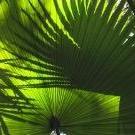
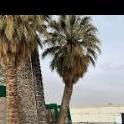




















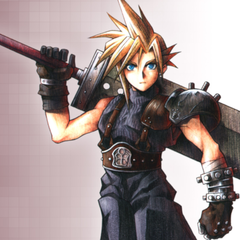
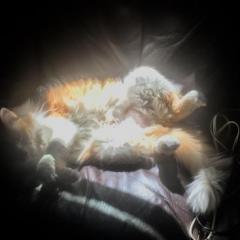









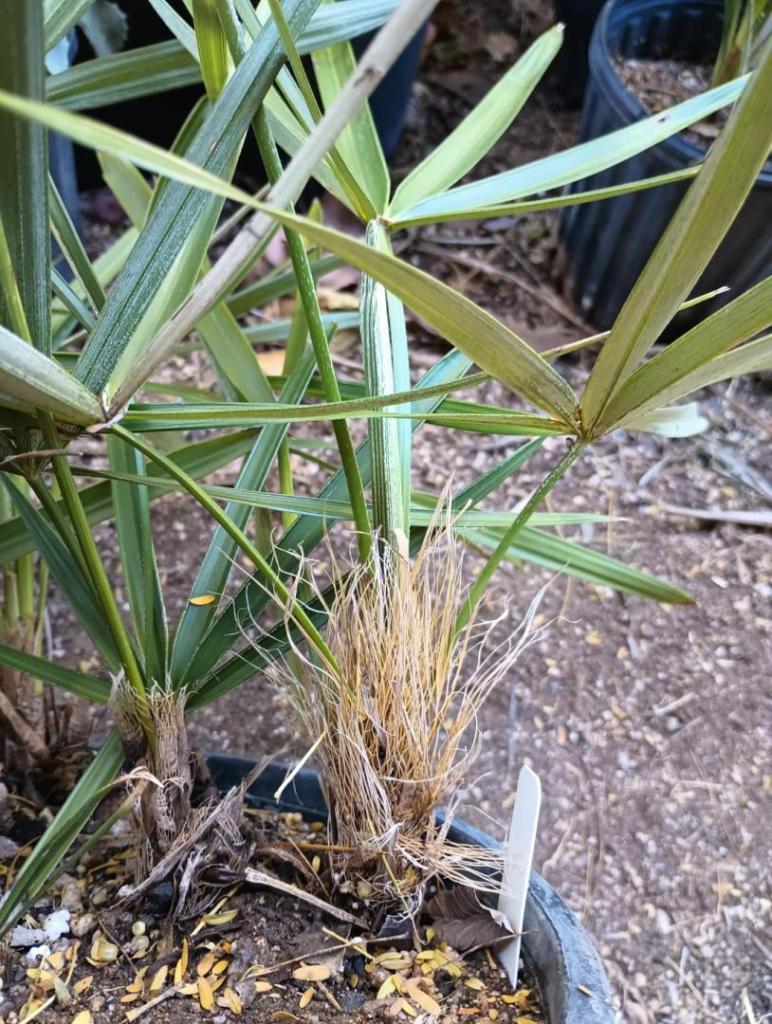
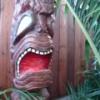

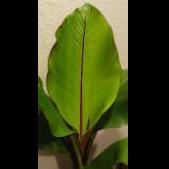
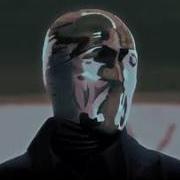
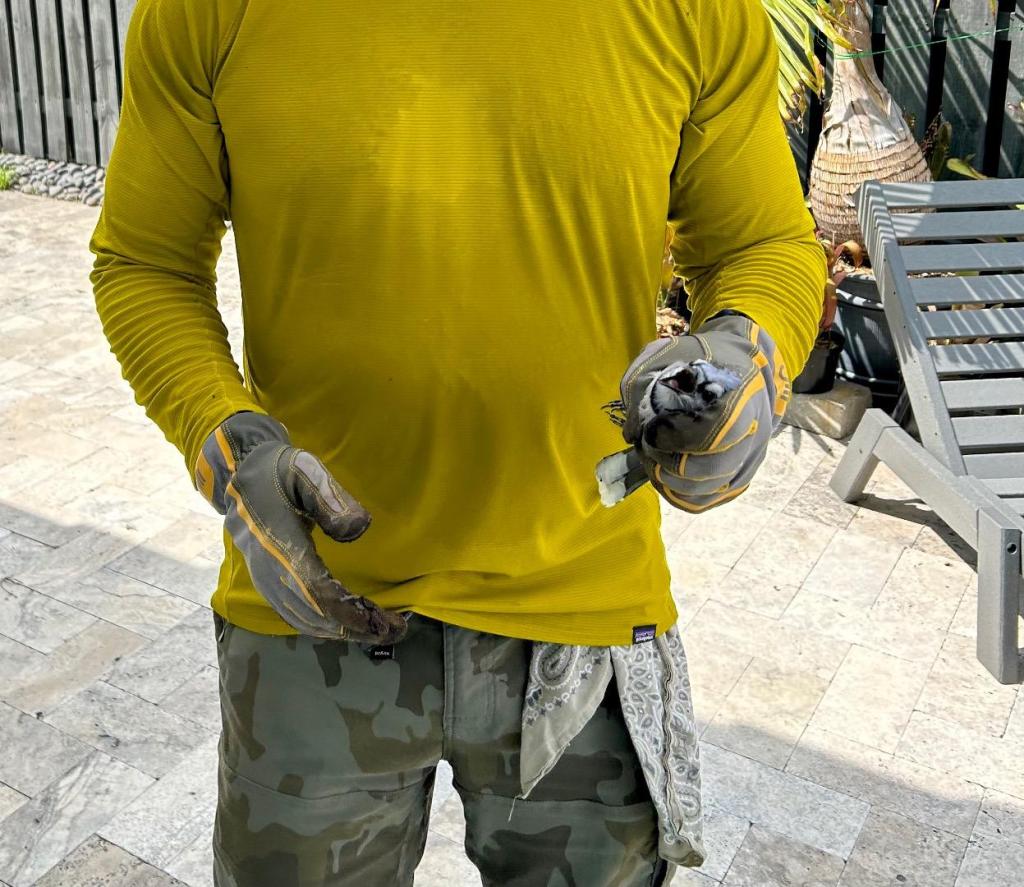


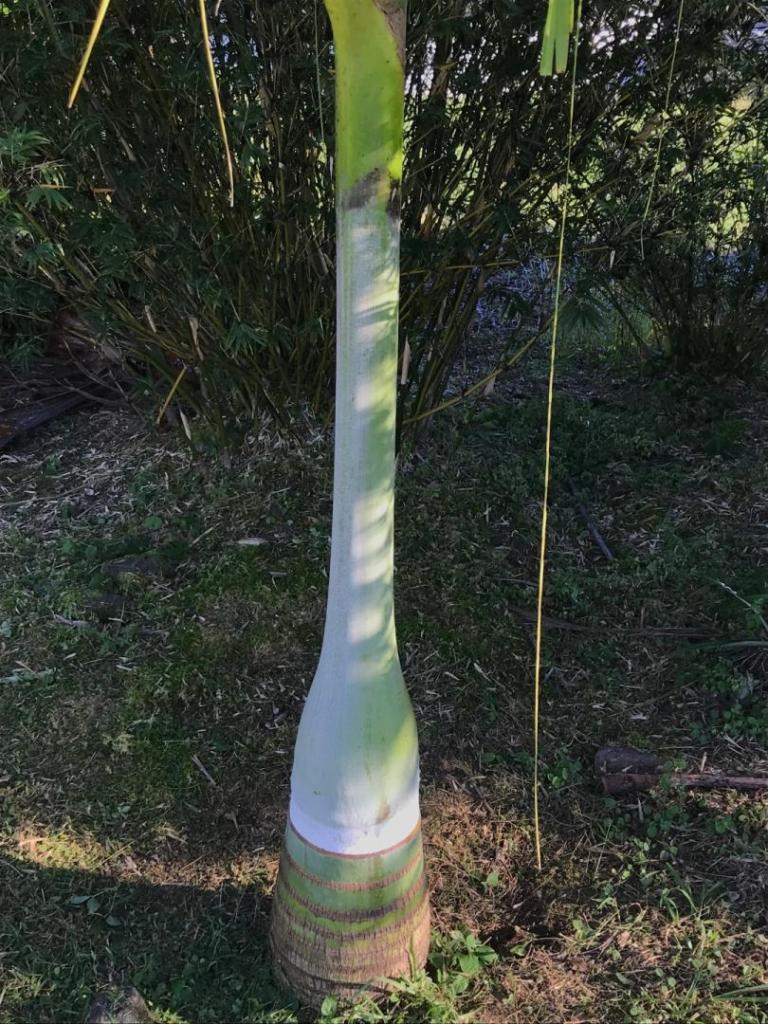


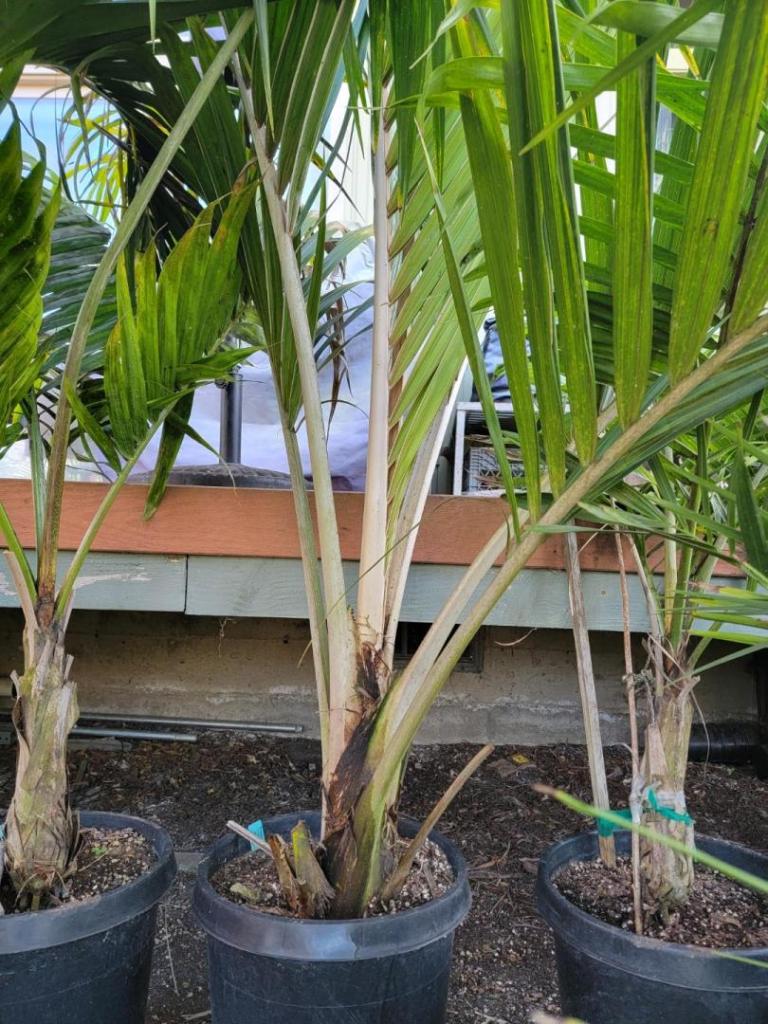



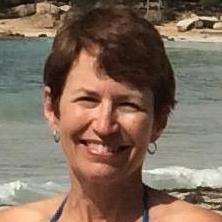

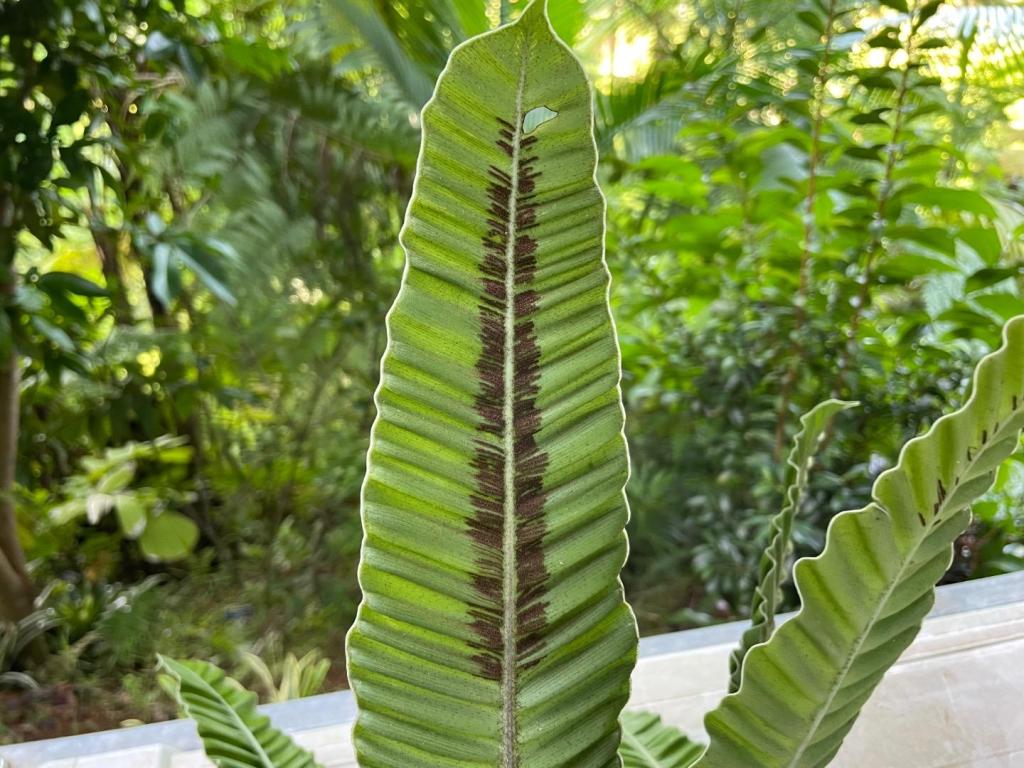



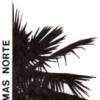





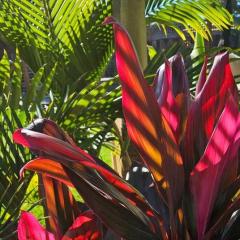


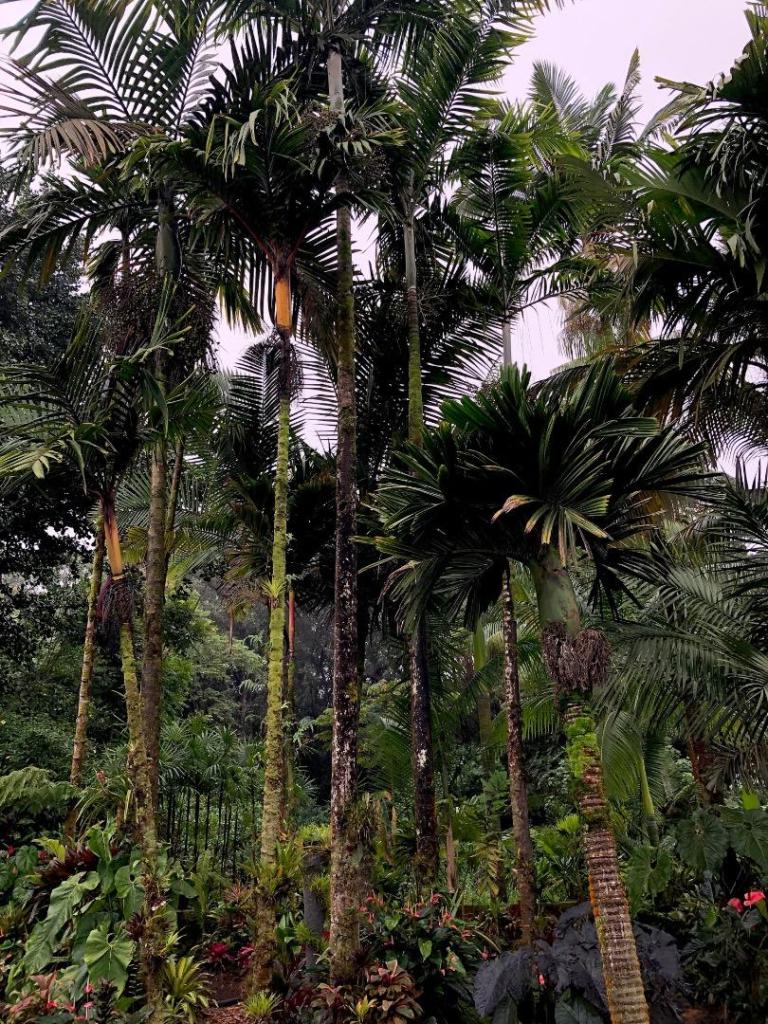



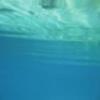
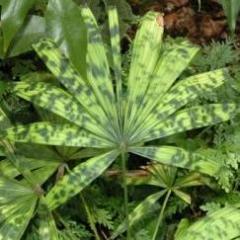
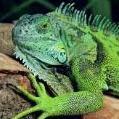


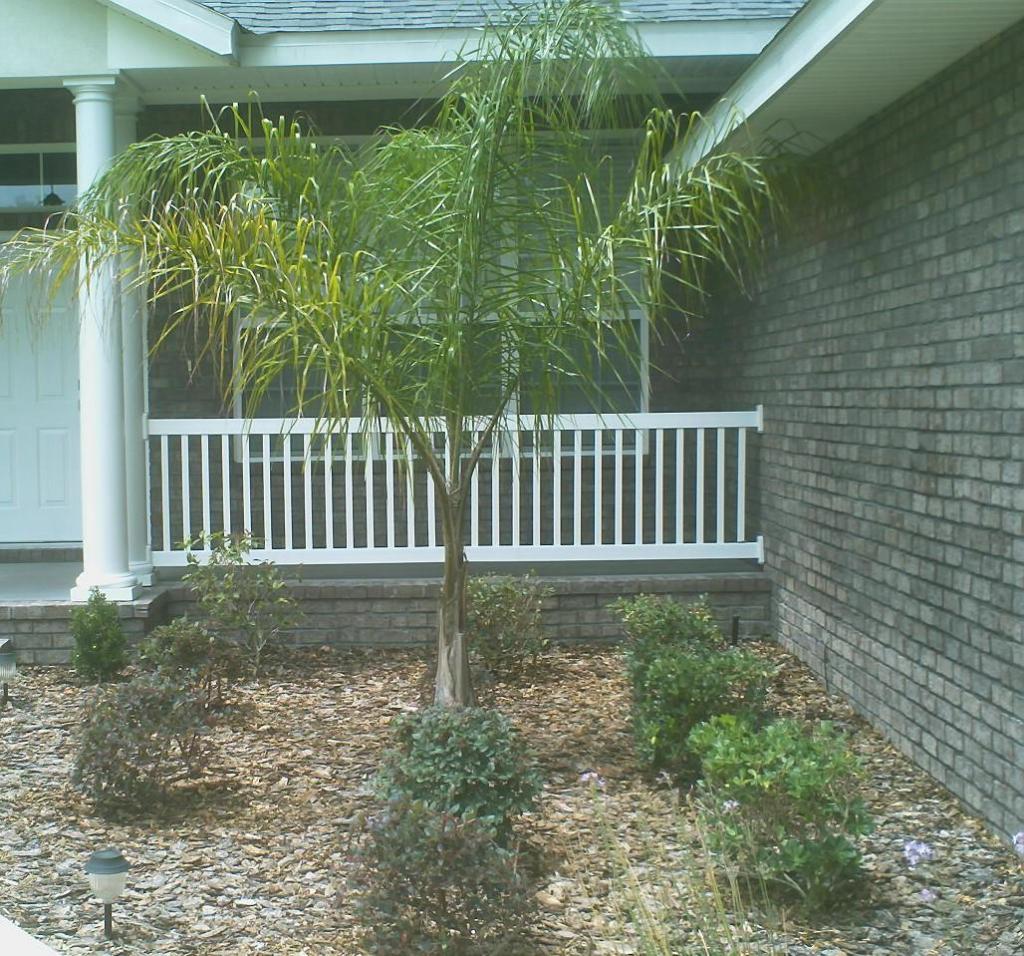



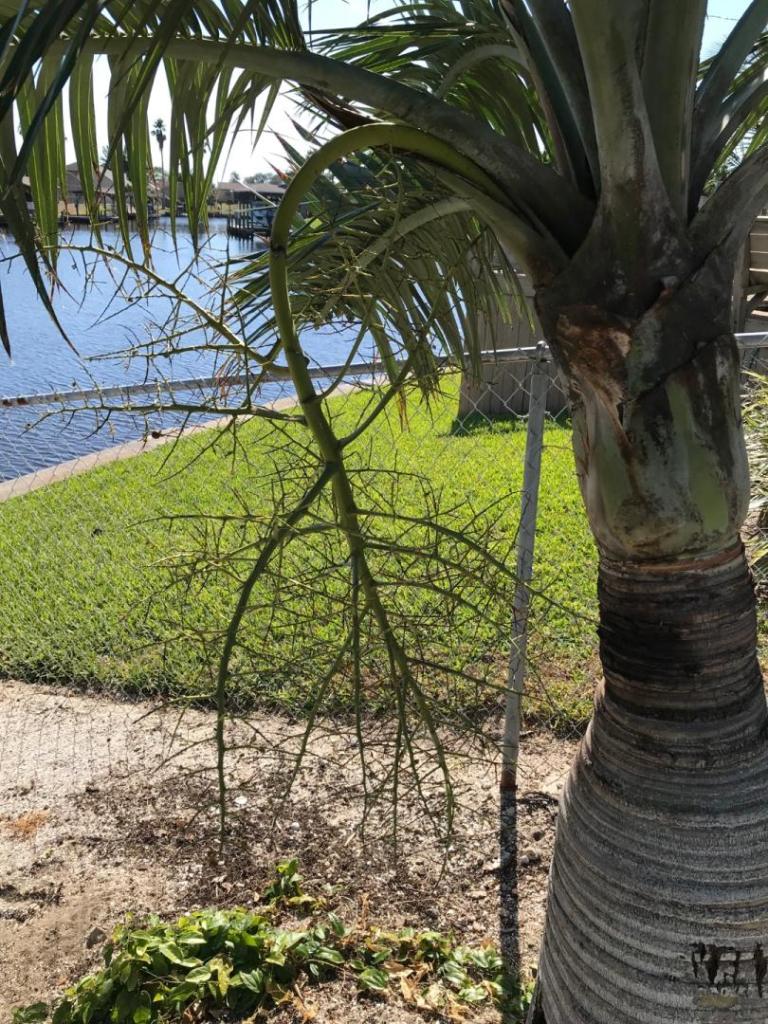
.thumb.png.04b3487b96ff29c55b8a8994b91f62b2.png)
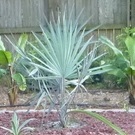





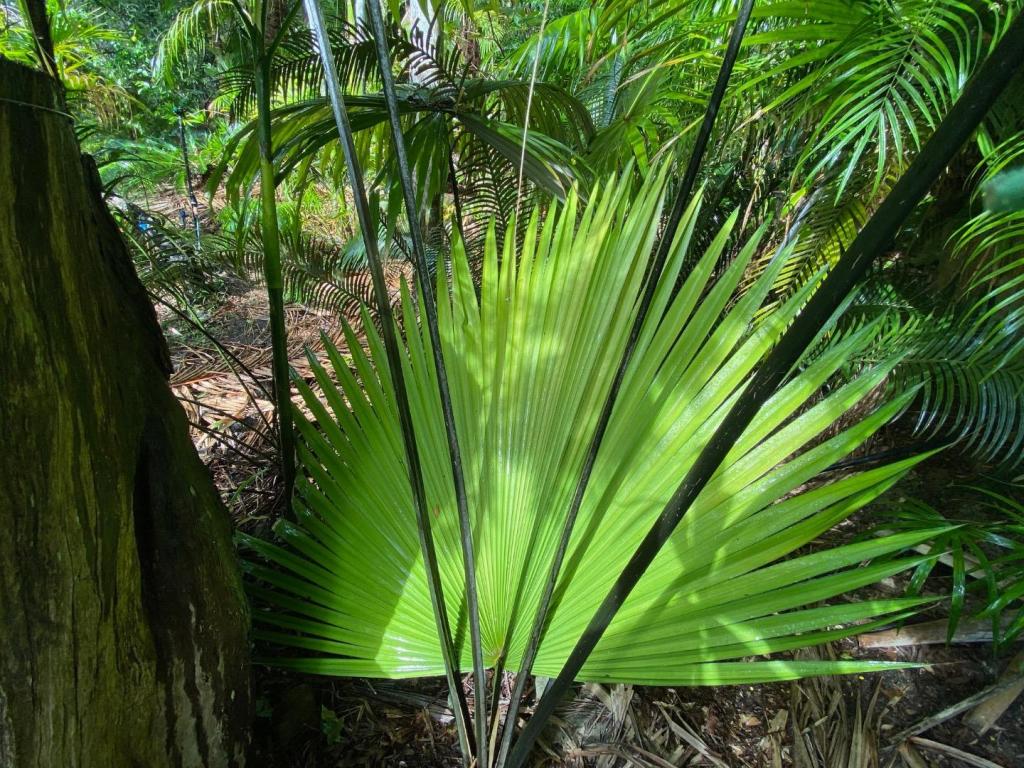






.jpg.0cf735c7525858af1582442942bc68e8.thumb.jpg.894f59a749fff01eb286c1fe4a50ab62.jpg)
